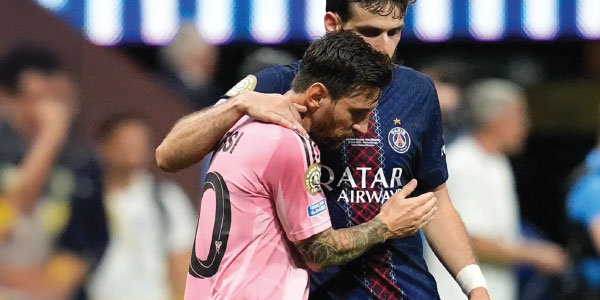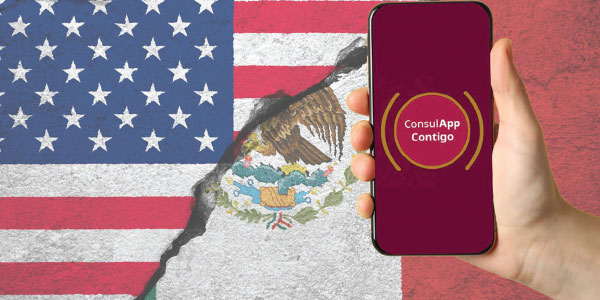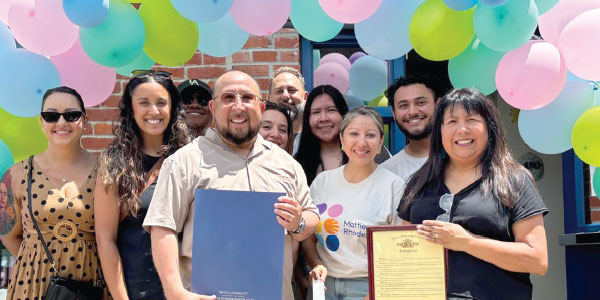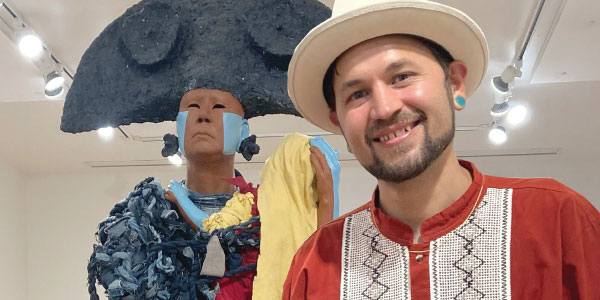
By Chara
Like many artists, Jonathan Christensen Caballero draws on his identity and heritage to inspire his art.
Through Sunday (Sept. 11), Kansas City area art lovers can see Christensen Caballero’s art at the Kemper Museum of Contemporary Art in Kansas City, Missouri. The museum is located at 4420 Warwick Blvd. Admission and parking are free.
Christensen Caballero’s art is showcased with that of 23 other Midwestern-based artists, including Lorena Molina from El Salvador and Hellen Ascoli from Guatemala.
“I am grateful to be one of 23 wonderful artists in The Regional at the Kemper,” he said. “There is a wide variety of artworks with something interesting for everyone.”
For Christensen Caballero, his artwork reflects an identity that, as he put it, “was formed both by watching my parents support the family through labor jobs, as well as by my mother, who emigrated from Panama.” It also is formed by his interest in reading books about Latin American art, including the latest book he finished reading, “To Capture the Sun: Gold of Ancient Panama.”
“It is a wonderful book that teaches about the history of gold in Central America,” he said. “It has been influencing some of the headdress designs of my sculpture and inspired me to include gold luster in my ceramics.”
Ceramics isn’t the only medium Christensen Caballero uses.
“My figurative sculptures are made with several materials, including red earthenware, secondhand fiber, ready-made objects, building materials, indigo, metal and wood,” he said.
Christensen Caballero’s journey to sculpting started in his native Utah, where he grew up looking at pottery and became curious about art, he said. He decided to be a professional artist and educator, receiving his A.S. in art from Snow College, B.F.A in ceramics and sculpture from Utah State University and M.F.A. in ceramics from Indiana University Bloomington.
Since 2020, when Christensen Caballero settled in Lawrence, Kansas, he has been an artist in residence at the Interdisciplinary Ceramic Research Center at the University of Kansas and the Lawrence Arts Center.
Through his work, Christensen Caballero hopes to be part of the change he wants to see in the world.
“It is a moral imperative for Latin Americans to be celebrated as part of the fabric of U.S. society,” he said. “Our bodies aren’t solely destined for labor, but also love, joy and acceptance.”
Christensen Caballero defines himself as a husband and son, and an artist. His hobbies include cycling and dancing with his wife. He also enjoys swimming, he said.
Christensen Caballero encourages people in the area to visit museums, not just the Kemper. For people who are interested in making art themselves, he recommends trying a range of media, like drawing, painting and photography.
“They don’t require a big studio and can be learned at home or outside,” he said. “If you are interested in other materials such as ceramics, textiles or glass, then there are lots of wonderful community classes available in the city.”
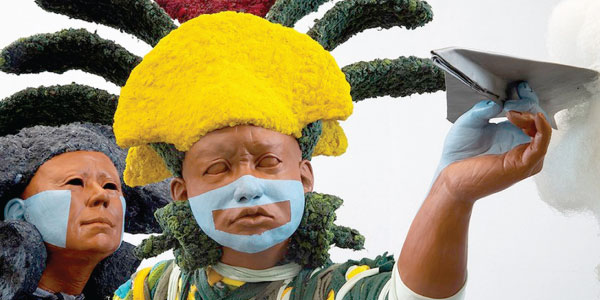
El trabajo de Christensen Caballero en exhibición en el Museo Kemper
Como muchos artistas, Jonathan Christensen Caballero se basa en su identidad y herencia para inspirar su arte.
Hasta el domingo (11 de septiembre), los amantes del arte del área de Kansas City pueden ver el arte de Christensen Caballero en el Museo Kemper de Arte Contemporáneo en Kansas City, Missouri. El museo está ubicado en 4420 Warwick Blvd. La entrada y el estacionamiento son gratuitos.
El arte de Christensen Caballero se muestra con el de otros 23 artistas con sede en el Midwest, incluida Lorena Molina de El Salvador y Hellen Ascoli de Guatemala.
“Estoy agradecido de ser uno de los 23 artistas maravillosos en el regional del Kemper”, dijo. “Hay una amplia variedad de obras de arte con algo interesante para todos”.
Para Christensen Caballero, su obra de arte refleja una identidad que, como él dijo, “se formó tanto al ver a mis padres apoyar a la familia a través de trabajos laborales, así como por mi madre, que emigró de Panamá”. También se forma por su interés en leer libros sobre el arte latinoamericano, incluido el último libro que terminó de leer, “Capture the Sun: Gold of Ancient Panamá”.
“Es un libro maravilloso que enseña sobre la historia del oro en América Central”, dijo. “Ha estado influyendo en algunos de los diseños de tocados de mi escultura y me inspiró a incluir Gold Lustre en mi cerámica”.
La cerámica no es el único medio que Christensen Caballero utiliza.
“Mis esculturas figurativas están hechas con varios materiales, que incluyen tierra roja, fibra de segunda mano, objetos preparados, materiales de construcción, índigo, metal y madera”, dijo.
Su viaje a la escultura comenzó en su Utah natal, donde creció mirando a la cerámica y tuvo curiosidad por el arte, dijo. Decidió ser un artista y educador profesional, recibiendo su A.S. en Art from Snow College, B.F.A en Cerámica y escultura de la Universidad Estatal de Utah y M.F.A. en cerámica de la Universidad de Indiana Bloomington.
Desde 2020, cuando Christensen Caballero se estableció en Lawrence, Kansas, ha sido un artista en residencia en el Centro de Investigación de Cerámica Interdisciplinaria de la Universidad de Kansas y el Centro de Artes de Lawrence.
A través de su trabajo, Christensen Caballero espera ser parte del cambio que quiere ver en el mundo.
“Es un imperativo moral que los latinoamericanos sean celebrados como parte del tejido de la sociedad estadounidense”, dijo. “Nuestros cuerpos no están destinados únicamente al trabajo, sino también amor, alegría y aceptación”.
Christensen Caballero se define a sí mismo como un esposo e hijo, y un artista. Sus pasatiempos incluyen ciclismo y baile con su esposa. También le gusta nadar, dijo.
Christensen Caballero alienta a las personas en el área a visitar museos, no solo el Kemper. Para las personas interesadas en hacer arte ellos mismos, recomienda probar una variedad de medios, como dibujo, pintura y fotografía.
“No requieren un gran estudio y se pueden aprender en casa o afuera”, dijo. “Si está interesado en otros materiales como cerámica, textiles o vidrio, entonces hay muchas clases comunitarias maravillosas disponibles en la ciudad”.







